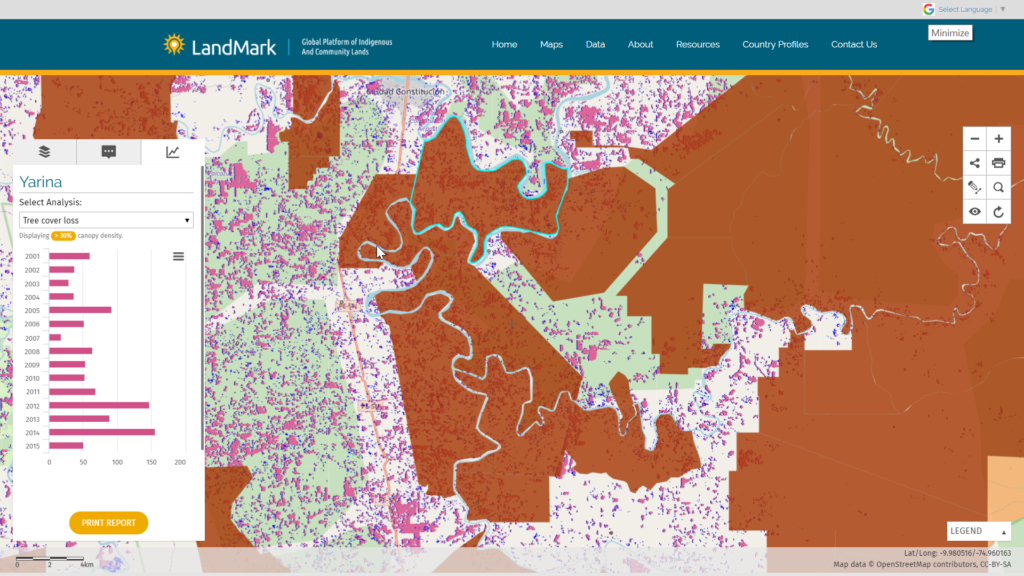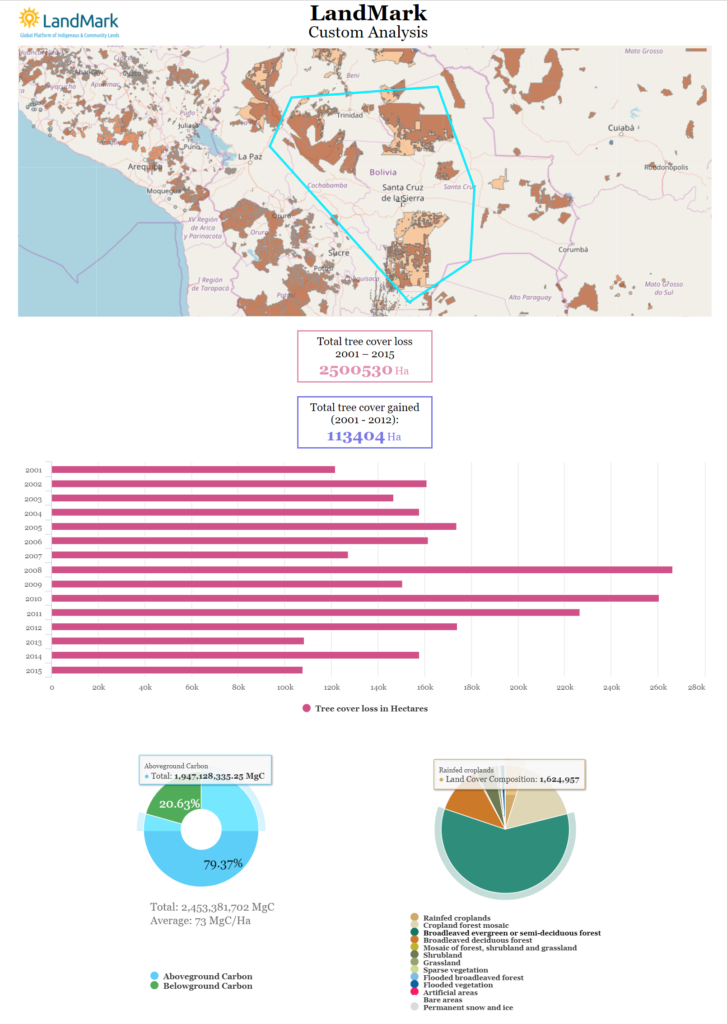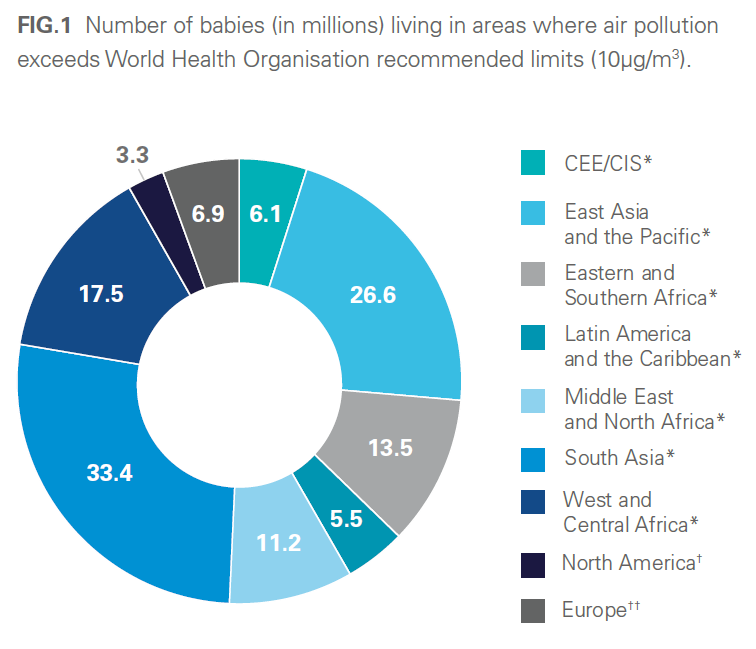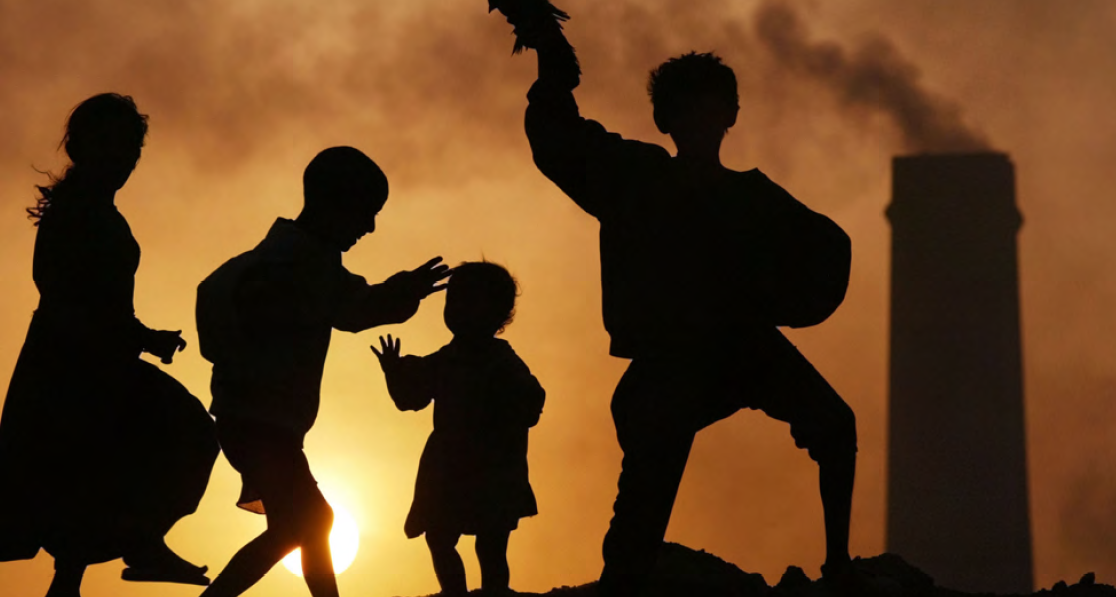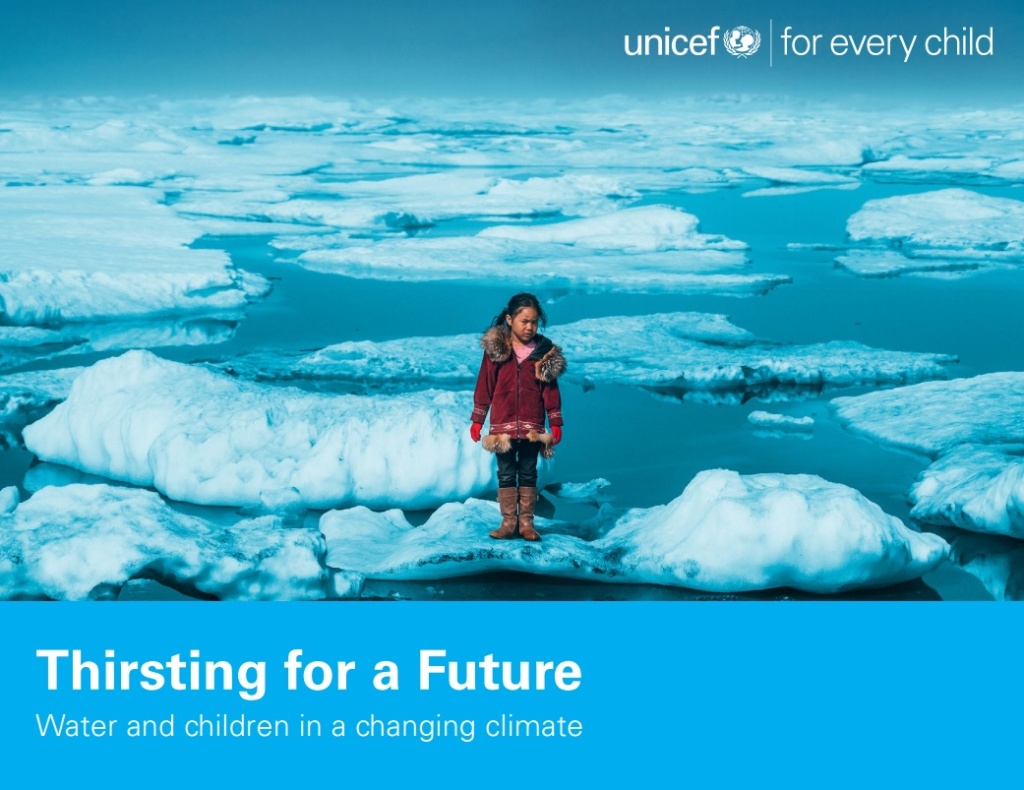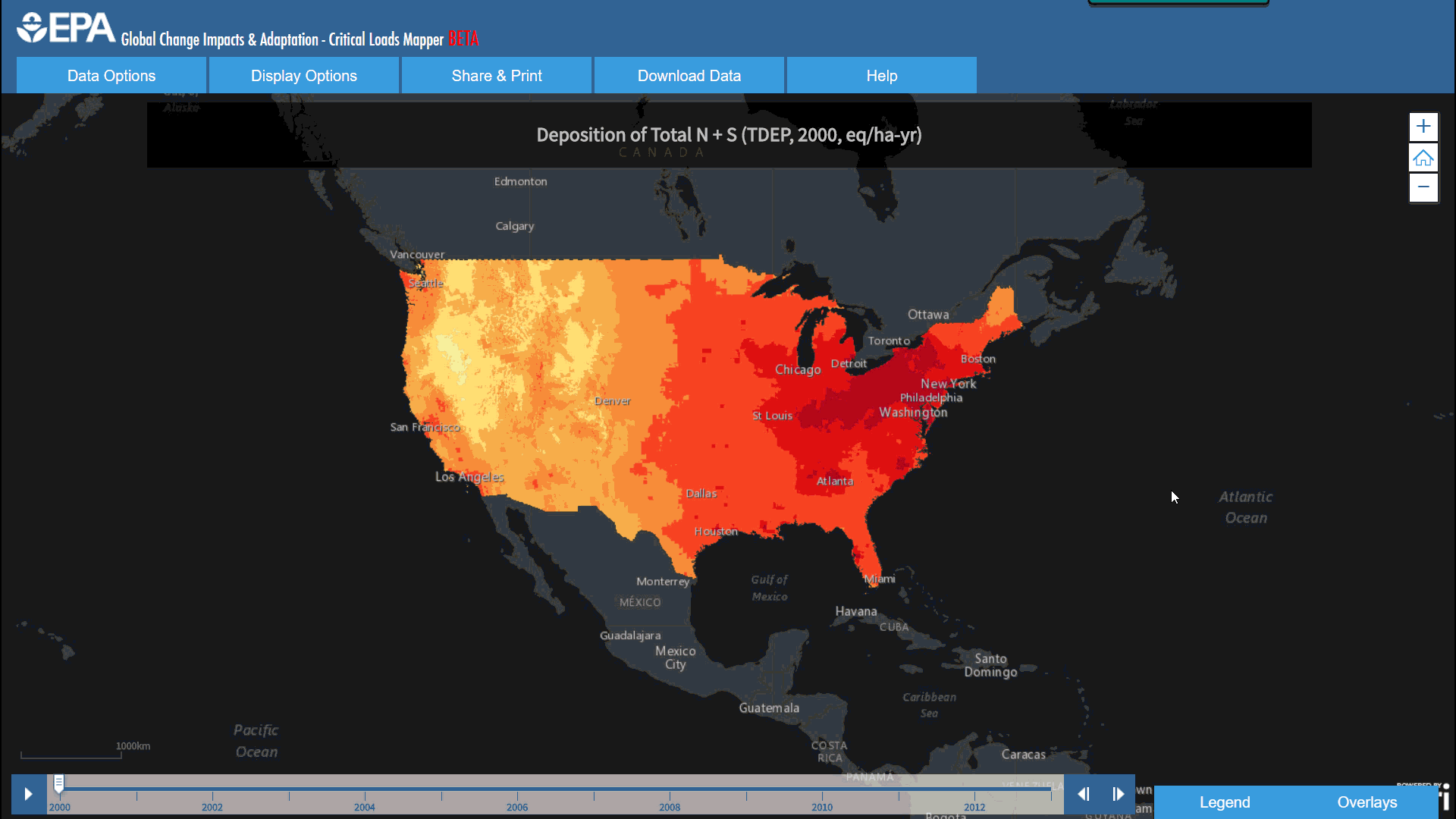Thousands of fires are burning in the Amazon rainforest in Brazil - the most intense blazes for almost a decade. Global Forest Watch Fires (GFW Fires), an online platform for monitoring and responding to forest and land fires, provides a near real-time view into the current fire activity. Additionally, users can view fire reports and compare historical data on regions all over the world.
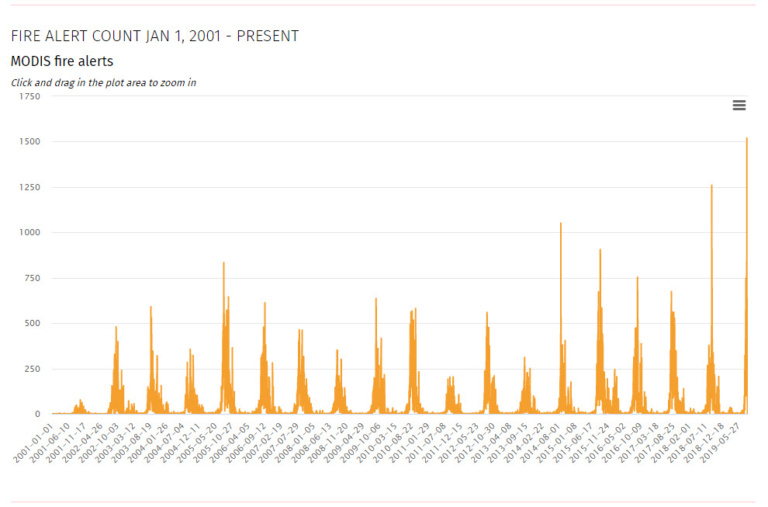
New Updates to GFW Fires
Blue Raster recently worked to add new features and capabilties to the Global Forest Watch Fires application. Want to see details for a specific area on the map? Draw or upload a shapefile to calculate fire counts and subscribe to alerts. Users can select specific areas and see the calculated numbers of VIIRS and MODIS Alerts in the past 24 hours. Next, users can click on the drawn or uploaded shapes on the map to subscribe to alerts for that area.
Global Forest Watch Fire Reports provide robust insight into fire history, cumulative fires to date, and a statistical analysis by administrative boundaries within a country or around the world. New to GFW Fires, users can now view charts of unusual fire activity. The report compares fires from the current week to the same week in the previous 16 years. In addition, new charts analyze fire activity in Palm Oil Concessions and Wood Fiber Areas.
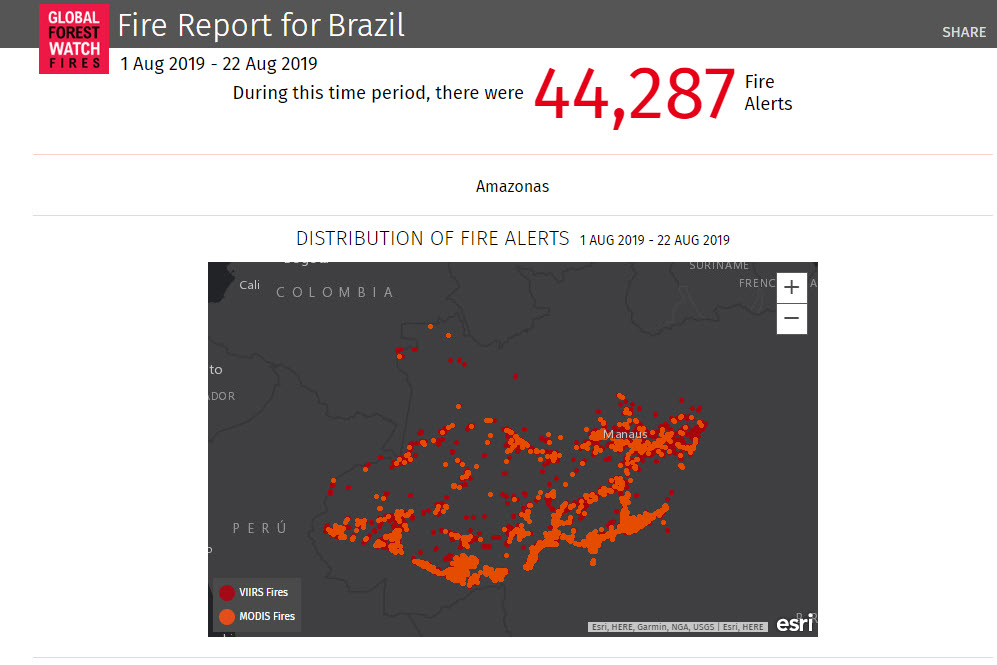
In addition to the basemap imagery, Global Forest Watch Fires now provides an option for Sentinal Imagery. The latest satellite imagery is available from Sentinel-2 and Landsat 8. Sentinel-2, operated by the European Space Agency, has global coverage in 10-meter resolution, and can obtain updated imagery every 10 days.
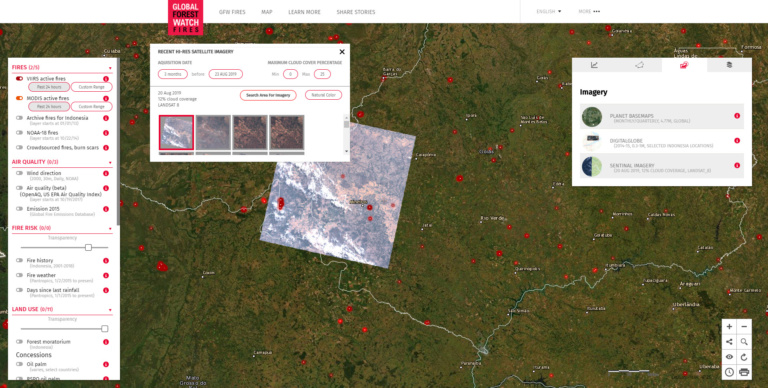
By using the latest geospatial technology, Global Forest Watch Fires allows anyone to access near real-time information about where and how forests are changing around the world. Users can monitor fire activity, sign up to receive alerts, or share their own stories on GFW's blog. Explore this interactive map today.

